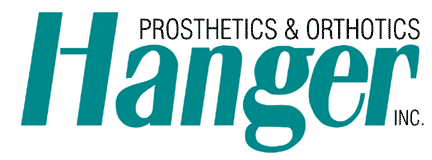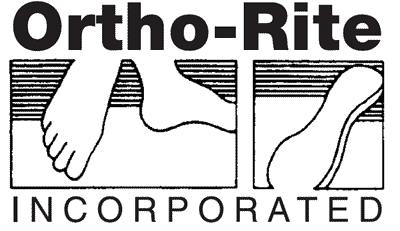



|
A Closer Look at the Numbers
 by Jordan R. Stewart, DPM Timonium Foot and Ankle Center Established July 2006 Timonium, MD As discussed earlier, new practitioners have many financial obligations after graduation. It is exciting when you are offered a contract that doubles or triples your residency salary. Yet you need to understand the finances of your contract to be sure you are getting a fair deal. Unfortunately, not all contracts have your best interest in mind, but if you understand the finances that dictate your salary you will be in a much better position when negotiating your contract. In your search for a job, you will come across different compensation packages. These packages may include a straight salary, a salary with the opportunity for bonus, or a percentage based salary. The most common package I came across during my job search was a base salary with the opportunity for bonus. In this set-up, the bonus opportunity kicked in when billings reached a certain threshold amount and the bonus was a percentage of each dollar over the threshold. In order to evaluate the total compensation package, I created spreadsheets using various base salaries and bonus structures to determine the bottom line for me. As a basis for the spreadsheets, I compared the offers to the salary structure I desired and I estimated the other components of the spreadsheet based on information I accumulated from several interviews. The following table demonstrates a base salary of $70,000 with various bonus threshold amounts and various bonus percentages. The total associate earnings are speculated as an example. Carefully study this table to evaluate the steps you need to think about and pay close attention to the differences in your salary and the employer's profit when the threshold and bonus percentages change.
Total associate earning=Income generated by the associate Total associate expense=Fixed expenses+Salary+Bonus+Employment Taxes Total associate earnings-total associate expense=Total contribution to practice=Contribution to overhead+profit to practice owner I want you to carefully think about the breakdown of the total contribution to the practice. In these examples, I equally divided the contribution between overhead and profit. In reality, the majority of the practice overhead expenses are fixed and will be the same whether or not you are in the practice. As a result, your contribution to overhead is likely to be less than that of the total practice overhead; thus, more of these dollars are profit for the employer. Keep in mind that the employer is making an investment when bringing in an associate. The employer has worked hard to establish and build their practice and this has an intrinsic value. If you are conscious of the finances that go into your contract, you will be better prepared for negotiating a contract that is comfortable for you. The take home message is do your homework and don't just settle for a deal without preparation.
I was wondering if you can give us "new docs on the block", an idea of what is the average increase in income one should expect when going into year 2 of private practice. Any suggestions on how this works?? Thanks Fausto Ramos, DPM
Editor's Response Dr. Ramos, An increase in salary is based on your production. When I was interviewing and negotiating contracts with potential employers, a bonus threshold was set. If I reached this threshold, I would earn a percentage of each dollar earned above the threshold. This is exemplified in the table above. I think the right approach to evaluating a change in compensation is to meet with your employer every 4-6 months to review the numbers. If you are below your target, then an increase isn't warranted. If you are above your target, then an increase is warranted. Depending on your contract setup, you can have an increase in your salary, percentage, or both. I think it is very important to have a bonus structure setup in your original contract. If you do not have this setup and you are generating a lot of money for the practice, you probably will not be happy in your situation. Additionally, try to have a clause in the contract that says compensation will be reviewed at least annually.
Good luck,
|















